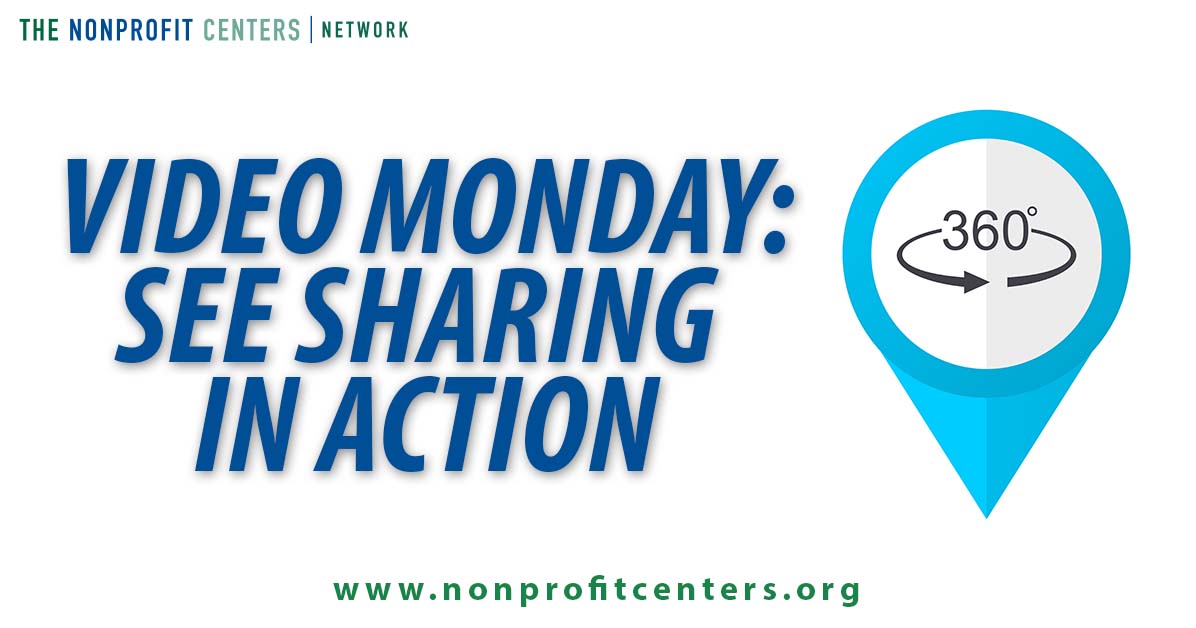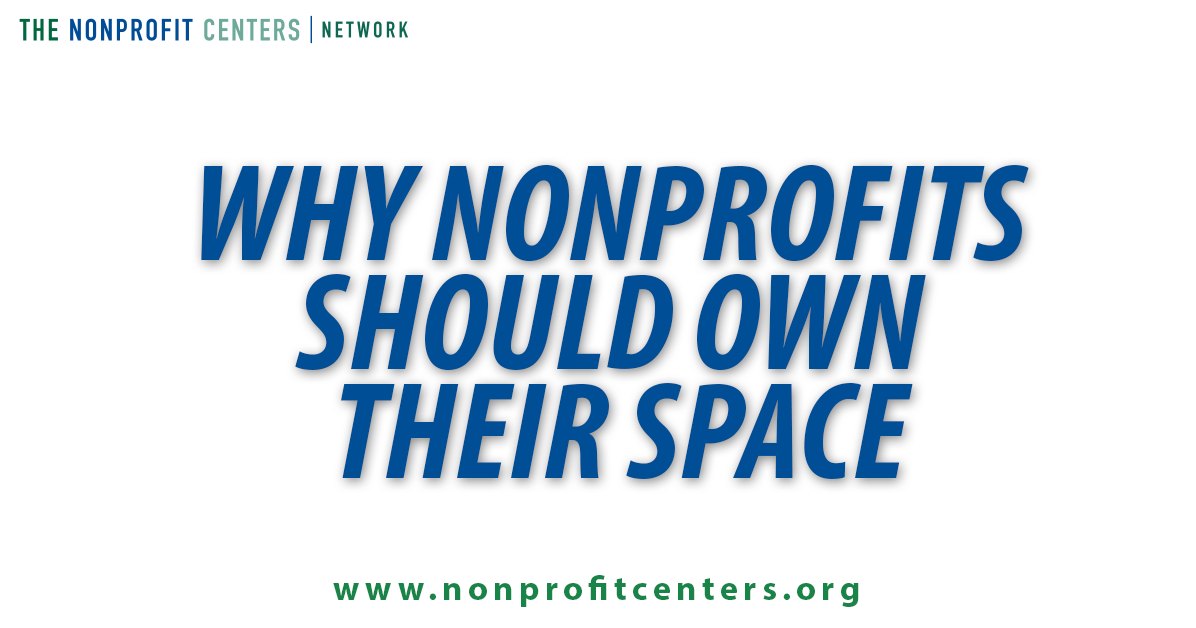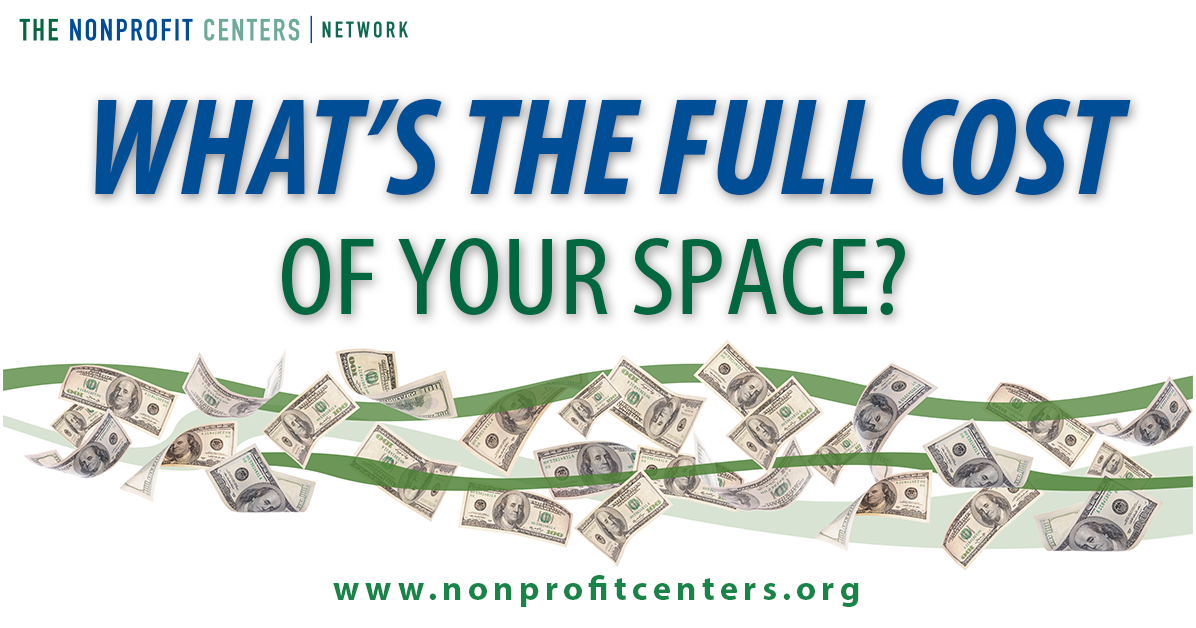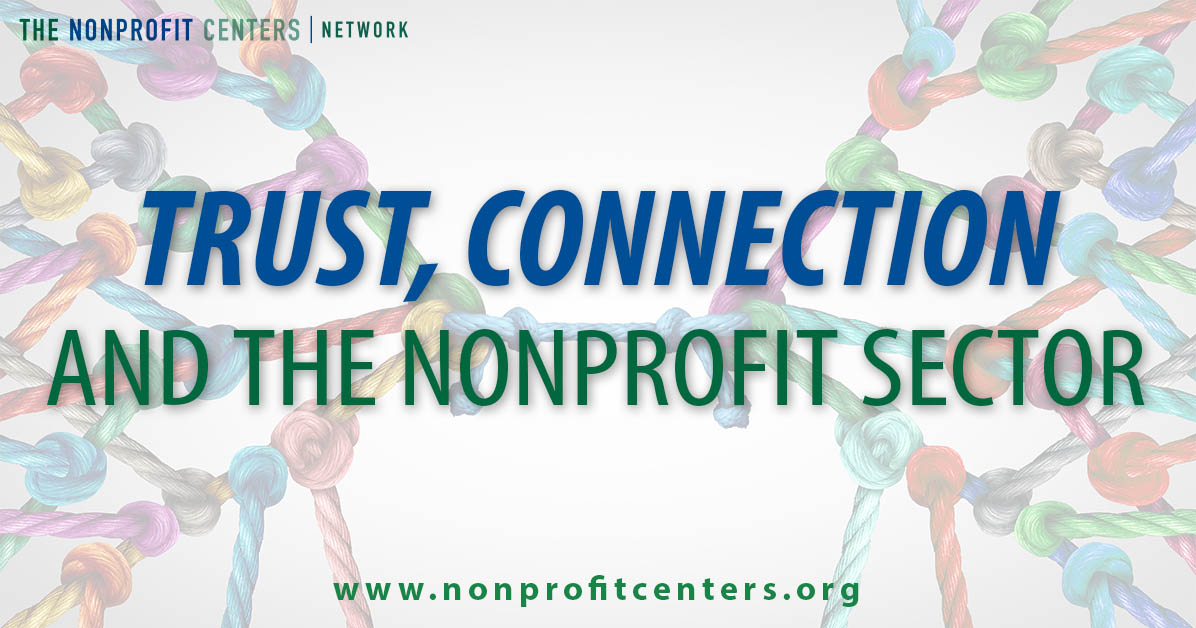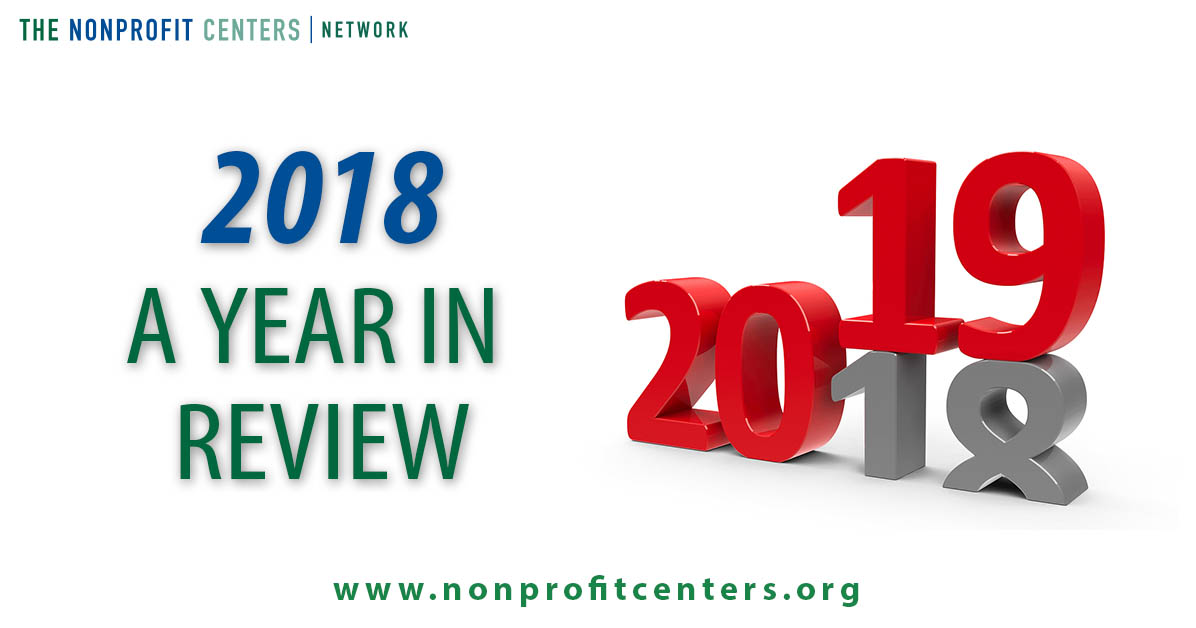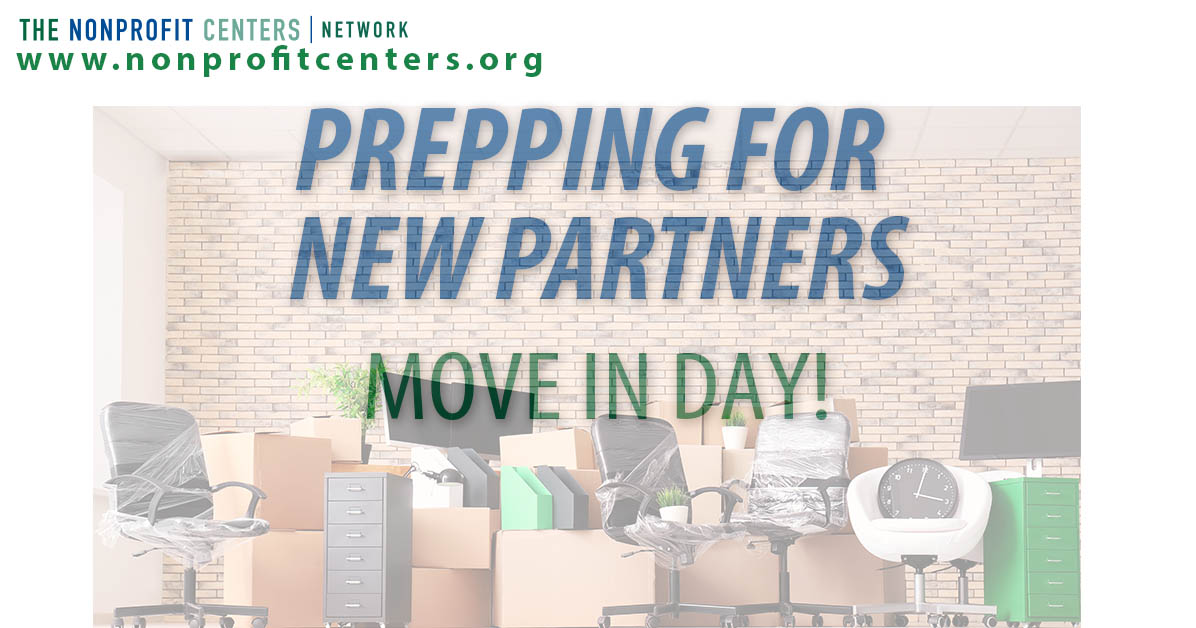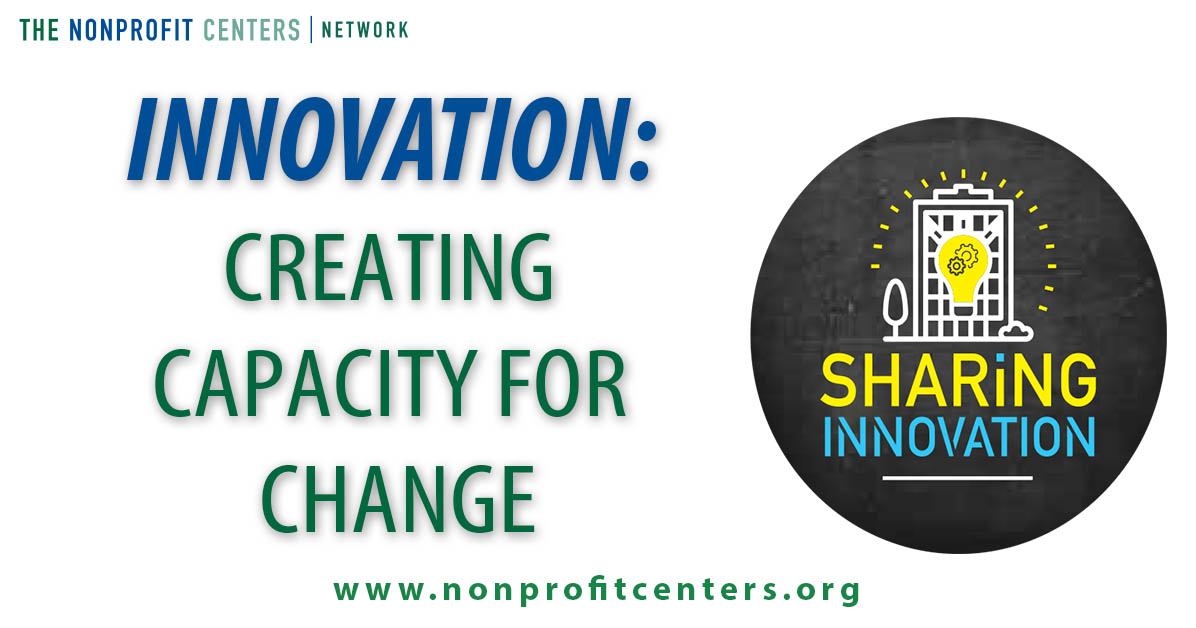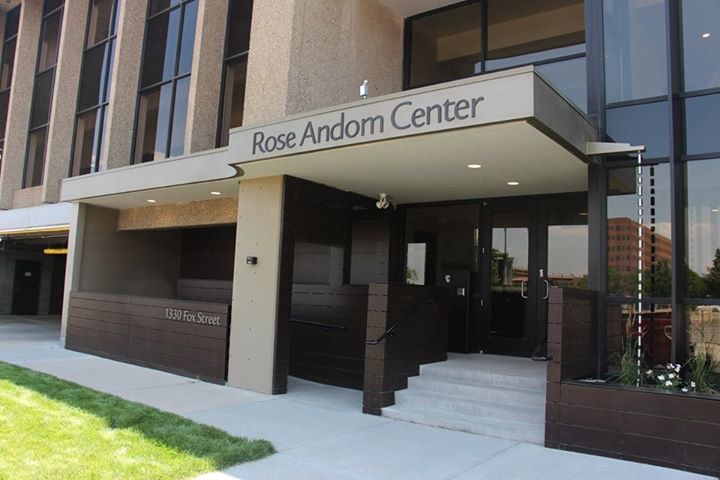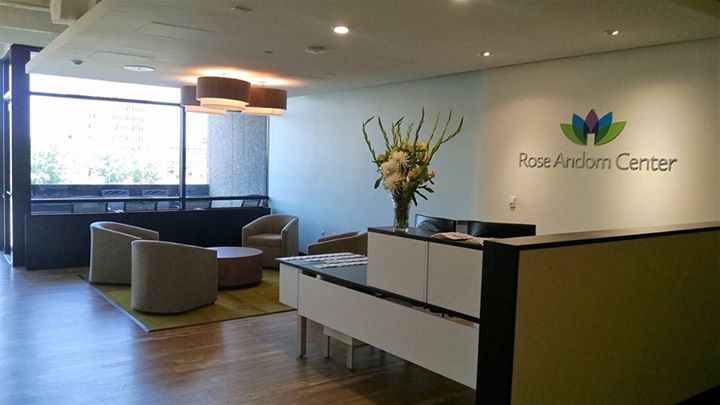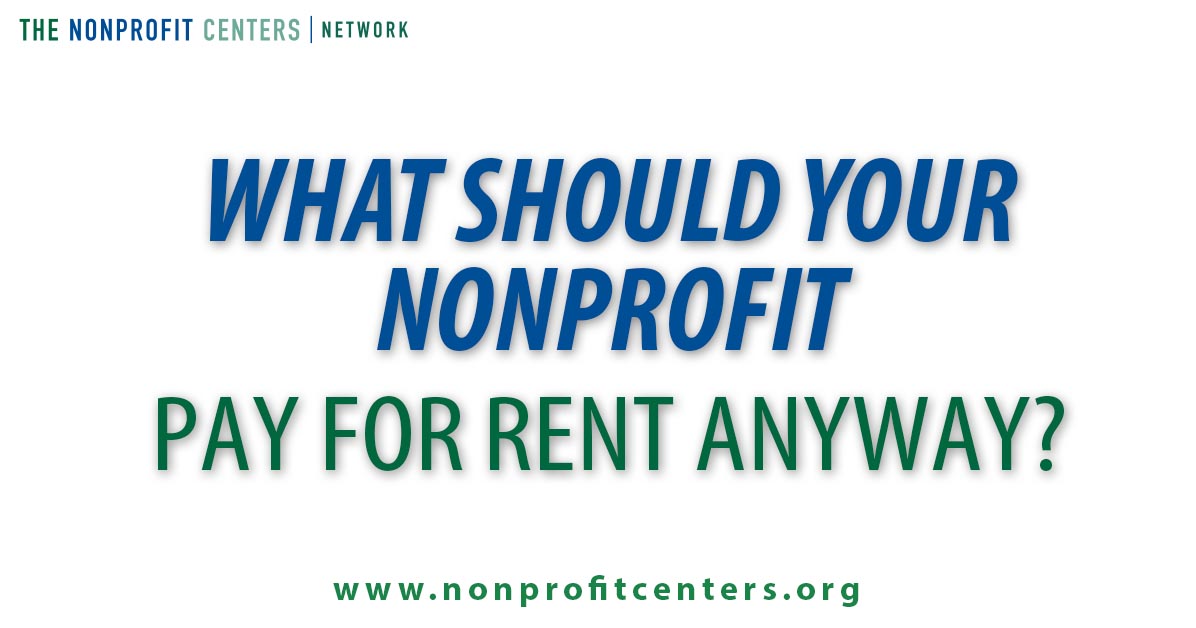I am continually inspired by the work of shared spaces across North America. The best way to share the message is to see it. Every time I travel, I seek out amazing spaces that support social change. But sometimes, travel isn’t in the cards. Here are three spaces you can visit virtually from our desktop through these videos:
The Rose Andom Center opened the summer of 2016, as the first Family Justice Center in the Rocky Mountain region, with a mission to improve the lives of domestic violence victims by facilitating better access to the services and staff of community organizations and government agencies in a single, safe location. The Rose Andom Center is named in honor of successful Denver entrepreneur and former McDonald’s franchise owner, Rose Andom.
The innovative model of the Rose Andom Center brings together 7 city and 13 community-based organizations in one building, representing the forward-thinking, collaborative approach to provide ‘best practice’ services to some of our most vulnerable citizens. The staff of partner organizations provide a wide array of services, including domestic violence advocacy and counseling, crisis intervention, civil legal support, services for children, law enforcement services, information regarding the criminal justice system, assistance with public benefits, housing resources, and referrals for job readiness and job search assistance.
What is one interesting fact about your space?
In 2017, the Rose Andom Center was honored to receive a Downtown Denver Partnership Award, given to businesses that have made significant contributions toward creating a unique, vibrant, and diverse Downtown environment, and have left a lasting, positive impact on Downtown Denver. Since opening, we have had over 3,300 victims and 900 children come into the Rose Andom Center to access multiple services from our partner agencies. The building underwent a comprehensive renovation to provide a warm, welcoming, safe environment for the clients and to promote collaborative work among the partners. A centralized “nest” area provides comfortable interview rooms for private conversations with clients, as well as an open great room and kitchen for their use, and a playroom for the children to enjoy while their parent meets with service providers. The playroom includes a custom wall-sized Light Bright Wall, enjoyed by all who visit the Rose Andom Center!
What are your favorite resources that you would recommend to others?
Working with the Nonprofit Centers Network, Denver Shared Spaces and Oz Architects helped ensure we could think through our goals in developing the best shared space possible, that would meet our mission and be of benefit to our clients!
Center Name: Rose Andom Center
Location: Denver, CO
Center Website: www.roseandomcenter.org
Get Social with The Hive: Facebook Twitter




